Gallery Walk and Homework
Summary
The Vision Gallery Walk revealed strong alignment between staff, faculty, and institutional priorities, with widespread commitment to student success, community engagement, and inclusive practices. Participants emphasized the need for clearer communication, cross-campus collaboration, and more visible follow-through. Recurring themes included accountability, streamlined processes, support for diverse learners, and deeper local partnerships. While existing priorities were largely affirmed, many called for stronger internal alignment, updated infrastructure, and a shift from planning to action.
- Pre-conference homework was rated 3.19.
- Gallery walk engagement was rated at 2.98.
- Many felt the posters and homework were disconnected or underutilized.
- Some appreciated the visual expression of feedback but questioned the follow-up and clarity of purpose.
- Suggestions included digitizing the process.
UNM-Valencia Vision Defined 2025 Strategic Plan
The Vision Gallery Walk invited participants to reflect on how their work intersects with the college’s five strategic priorities. Across all five posters, feedback reflected a deep commitment to student success, a desire for more cohesive operations, and calls for greater community and cultural alignment.
 College Culture and Employee Success
College Culture and Employee Success
Participants emphasized that campus culture shapes how employees engage with one another and support students. Many saw culture as rooted in mindset, accountability, and clear communication. Some noted the challenge of working in environments where motivation varies, yet expressed a personal commitment to remain engaged and supportive. Comments highlighted the importance of professional development, collaboration, and contributing to a positive atmosphere—even when such efforts extend beyond formal job descriptions. Several respondents pointed to their participation in staff associations and planning committees as evidence of their dedication to a strong institutional culture.
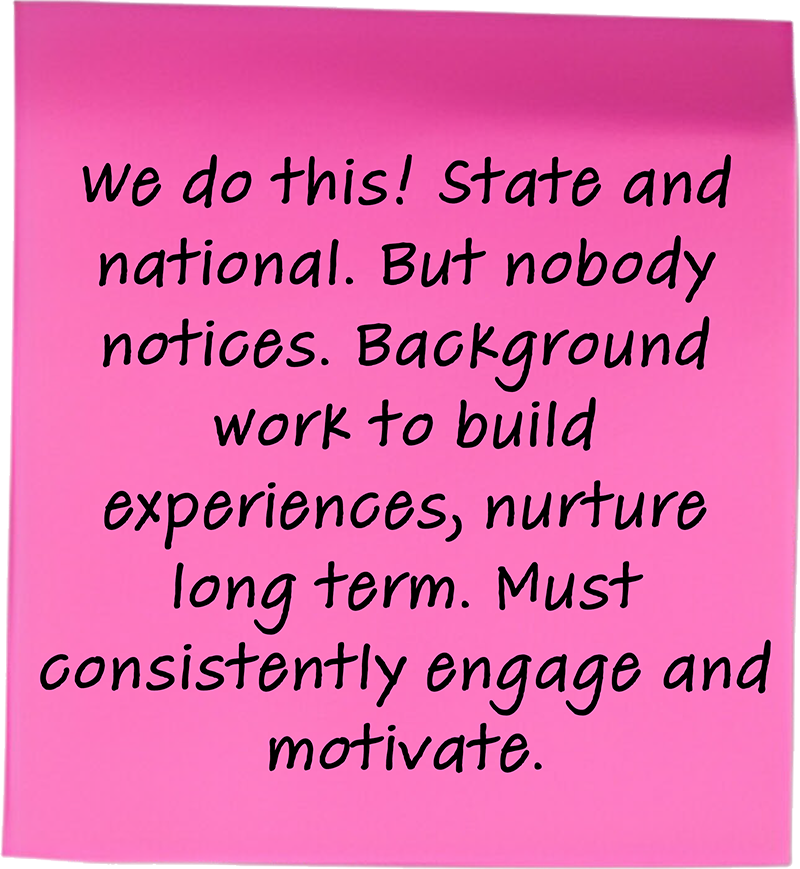 Community Engagement and Partnerships
Community Engagement and Partnerships
Responses under this theme painted a vivid picture of outreach efforts that often happen behind the scenes but make a significant impact. Many contributors shared how their roles involve constant interaction with local schools, industry partners, and service providers. They detailed volunteer work, participation in councils, and workforce-aligned program development. While enthusiasm was clear, some lamented the lack of visibility or recognition for this work and expressed a need for stronger public storytelling around UNM-Valencia’s value. The overarching message: community engagement is happening, but it needs more coordination and spotlight.
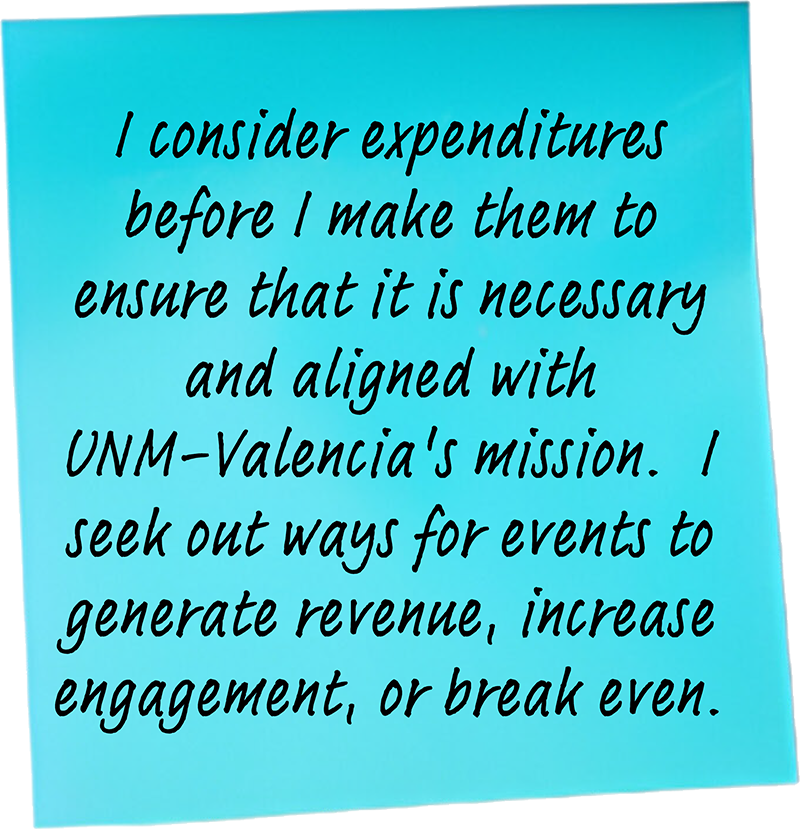 Operations and Financial Stability
Operations and Financial Stability
Participants took a pragmatic view of this priority, emphasizing efficient budgeting, thoughtful spending, and adherence to policy. Departments like campus police described cost-conscious decision-making and proactive safety measures as part of their commitment to financial stewardship. Others mentioned efforts to simplify planning processes, reduce unnecessary costs, and align purchases with strategic goals. A recurring theme was the need to “rethink where our money goes,” suggesting room for evaluation of spending priorities and revenue-generating opportunities that also enhance student and campus experiences.
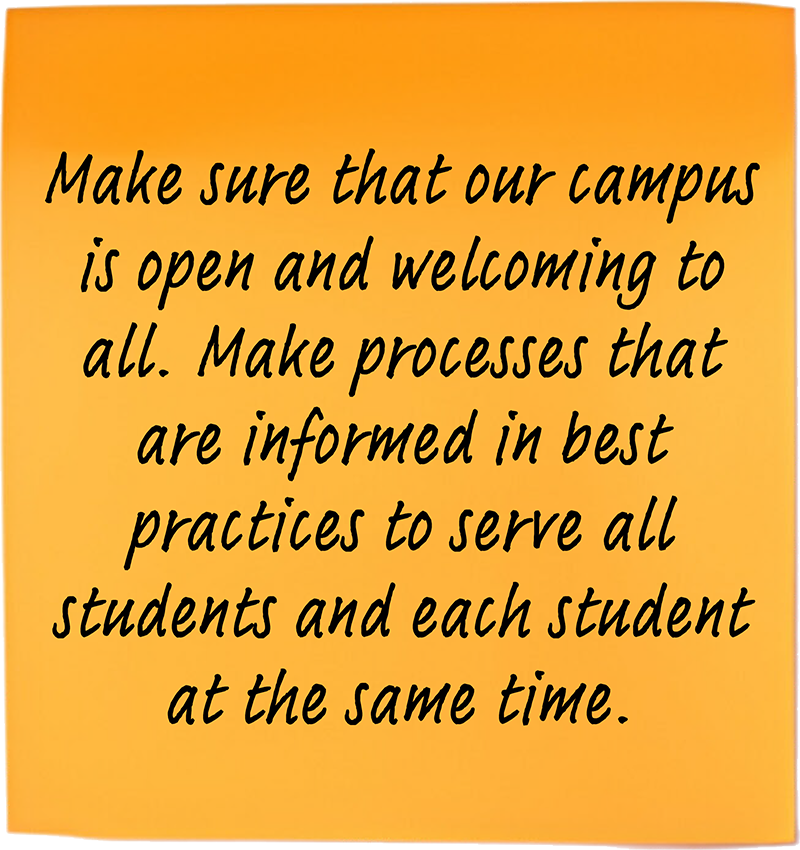 Diversity, Equity, Inclusion (DEI) and Accessibility
Diversity, Equity, Inclusion (DEI) and Accessibility
This poster drew a mix of hope and critique. Many staff expressed a commitment to creating welcoming spaces, practicing cultural awareness, and advocating for universal design. Advising offices, accessibility services, and classroom instructors alike described how they tailor support to students with diverse needs and life circumstances. However, not all comments were positive—one response noted that the campus does not always model the inclusive values it promotes. This gap between ideal and reality highlights an opportunity for institutional modeling and deeper DEI integration.
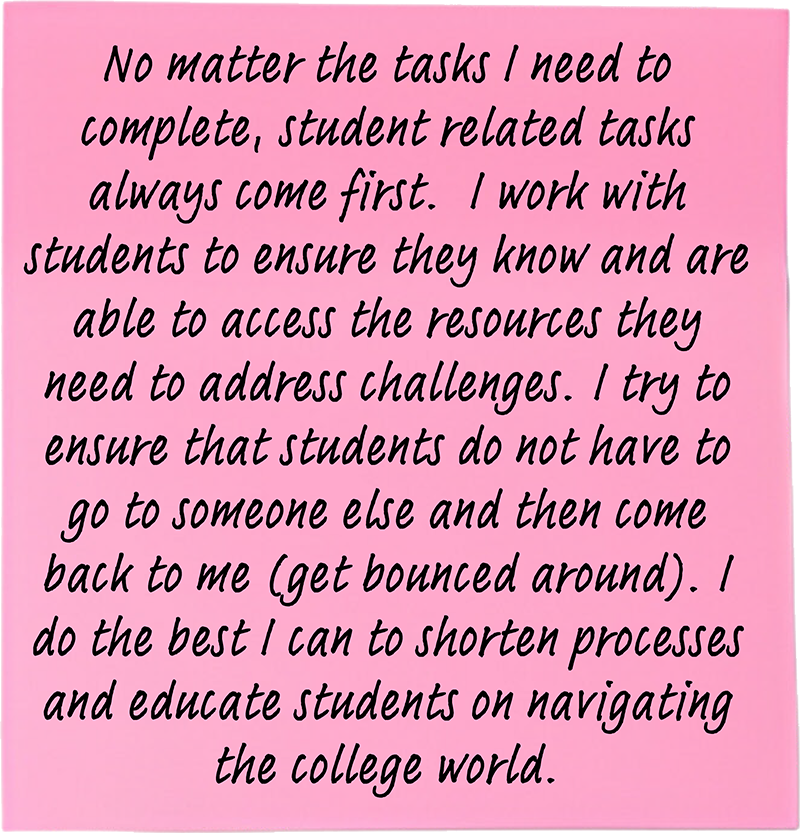 Student and Academic Success
Student and Academic Success
Student success emerged as the most widely embraced and directly aligned priority. Respondents across roles—advising, admissions, instruction, and student services—detailed the ways they help students persist and complete their educational journeys. They emphasized one-on-one support, timely admissions processes, after-hours advising, and inclusive course design. TRIO, TargetX, and career services were specifically mentioned for their roles in fostering success. Importantly, participants noted that student support often extends beyond job descriptions, requiring empathy, flexibility, and strong mentorship. The tone was clear: supporting students isn’t just a duty—it’s a shared mission.
UNM 2040 Opportunity Defined Strategic Plan
During the Vision Gallery Walk, participants shared personal insights and practical experiences in relation to the five priorities outlined in the UNM 2040 Opportunity Defined Strategic Plan. Feedback reflected a strong commitment to innovation, inclusion, and community relevance, as well as a desire for better coordination across campuses and systems.
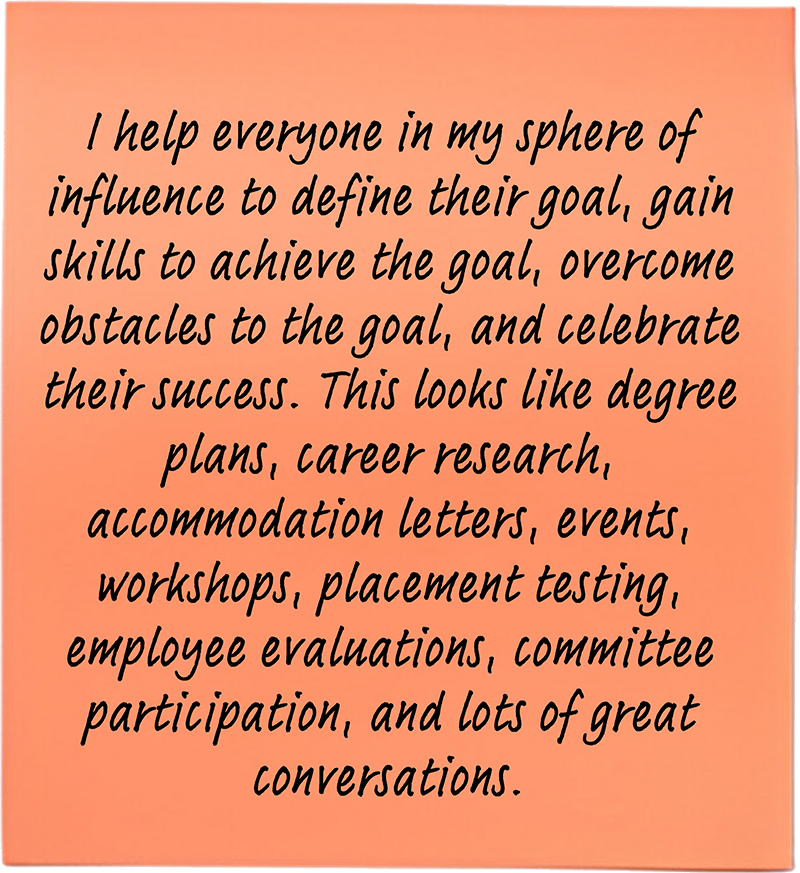 Student Experience and Educational Innovation
Student Experience and Educational Innovation
Contributors to this poster expressed a clear passion for creating transformative and student-centered experiences. Many shared how they work to bridge the gap between K–12 and higher education, guiding students from early exposure to degree completion. Responses emphasized the importance of transparency, one-on-one support—even in online settings—and using digital tools to streamline access and services. Participants called for teaching that is energetic, compassionate, and forward-thinking. One respondent reflected that their job is not just about degree plans or advising, but about helping students define and achieve meaningful life goals—a sentiment that embodies the heart of this priority.
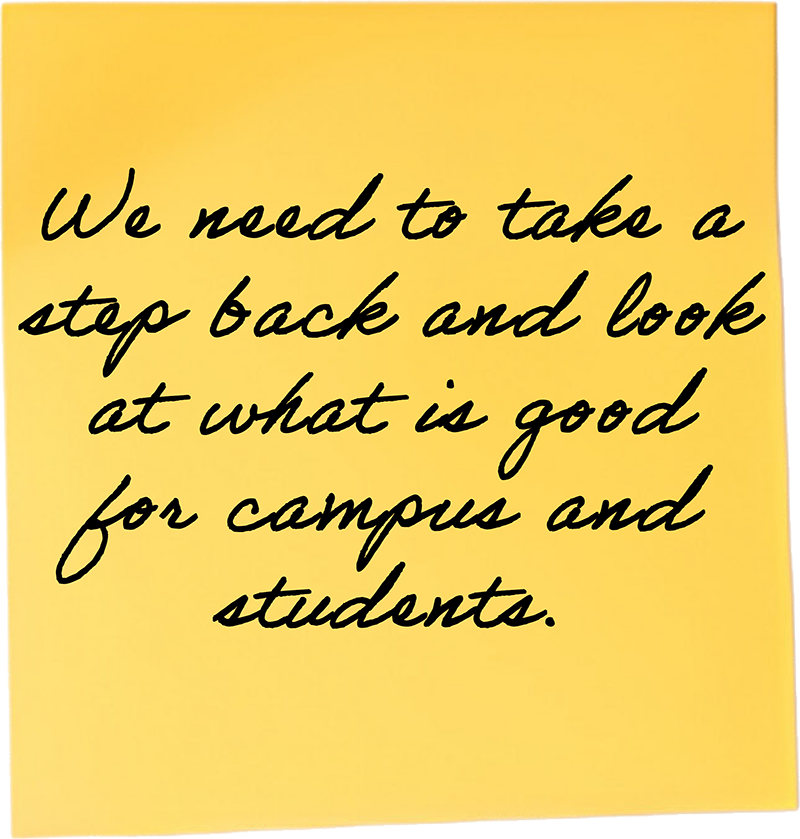 Sustainability
Sustainability
Feedback on sustainability blended environmental awareness with operational continuity and representation. Several participants spoke to sustainable practices like recycling, remote work, and documenting processes for continuity. A few comments challenged the campus to more deeply consider what sustainability looks like for human capital and diversity, with one poignant note asking why more Hispanic faculty are not present at a Hispanic-Serving Institution. Sustainability, in this context, was understood not only as a physical or financial goal, but as a question of institutional identity and equity.
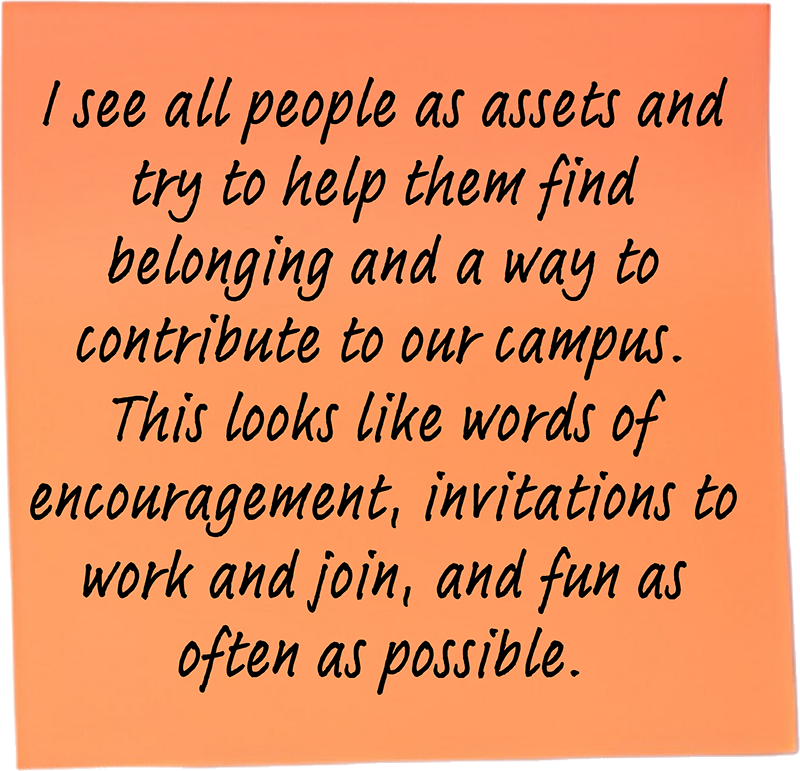 Inclusive Excellence
Inclusive Excellence
Participants called for a more intentional approach to belonging and opportunity. Many respondents described their efforts to ensure students with different backgrounds, abilities, and identities feel seen and supported—from accessible course design to coordinating accommodations to encouraging staff participation. The theme of “inclusivity as everyday practice” was strong; respondents shared how small actions—offering encouragement, facilitating conversation, and welcoming feedback—contribute to an inclusive environment. There was an emphasis on action over rhetoric: inclusion, they suggested, must be continuously demonstrated, not just declared.
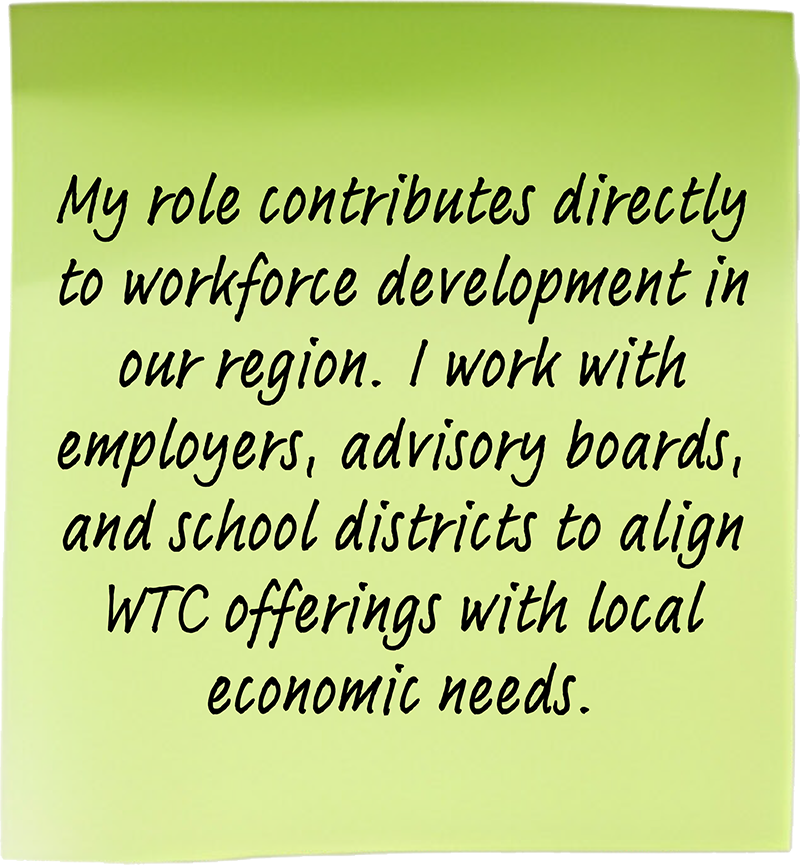 Advance New Mexico
Advance New Mexico
Reflections on this poster highlighted UNM-Valencia’s role in regional development and cultural stewardship. Many participants described efforts to align academic programs with local workforce needs and to support economic mobility in rural and underserved areas. Several emphasized their connection to New Mexico through community engagement, respect for local histories, and responsiveness to student realities. Whether through advising, reentry support, or career alignment, respondents demonstrated that they see their roles as directly contributing to the prosperity and resilience of the communities they serve.
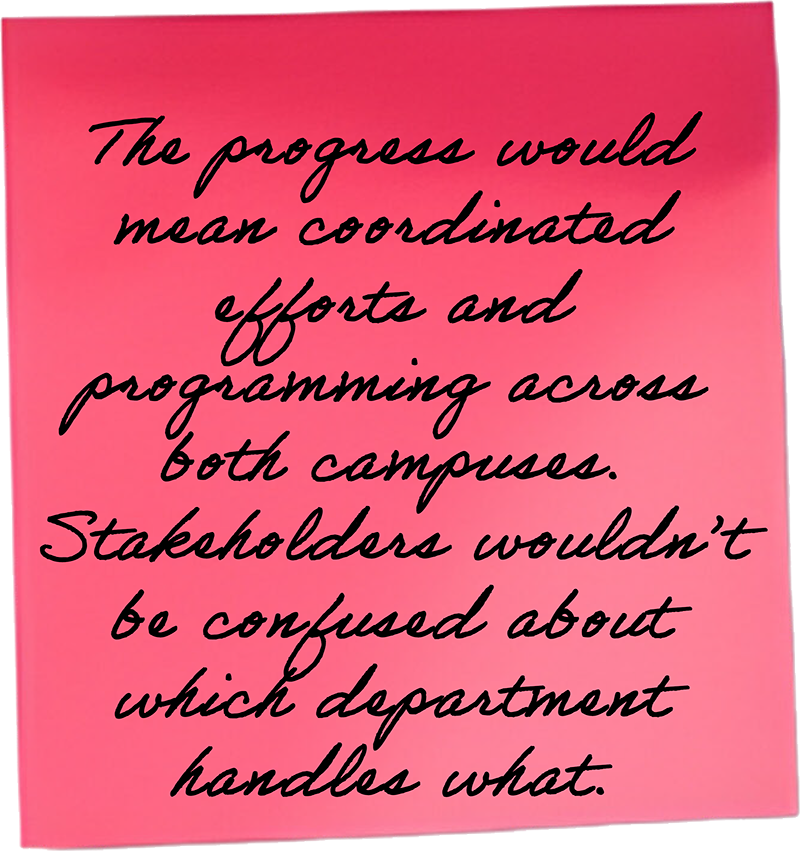 One University
One University
Feedback under this priority centered on alignment, clarity, and unity across campuses. Participants expressed a desire for stronger cross-campus collaboration and shared resources. Some spoke to the importance of understanding and adhering to university policies, while others called for a more unified faculty presence and streamlined student-facing processes. Many noted that their work involves coordinating with peers at other campuses and striving to make the student experience more consistent and navigable system-wide. This poster revealed that while UNM-Valencia values its local identity, it is also committed to contributing to the broader goals of the institution as a whole.
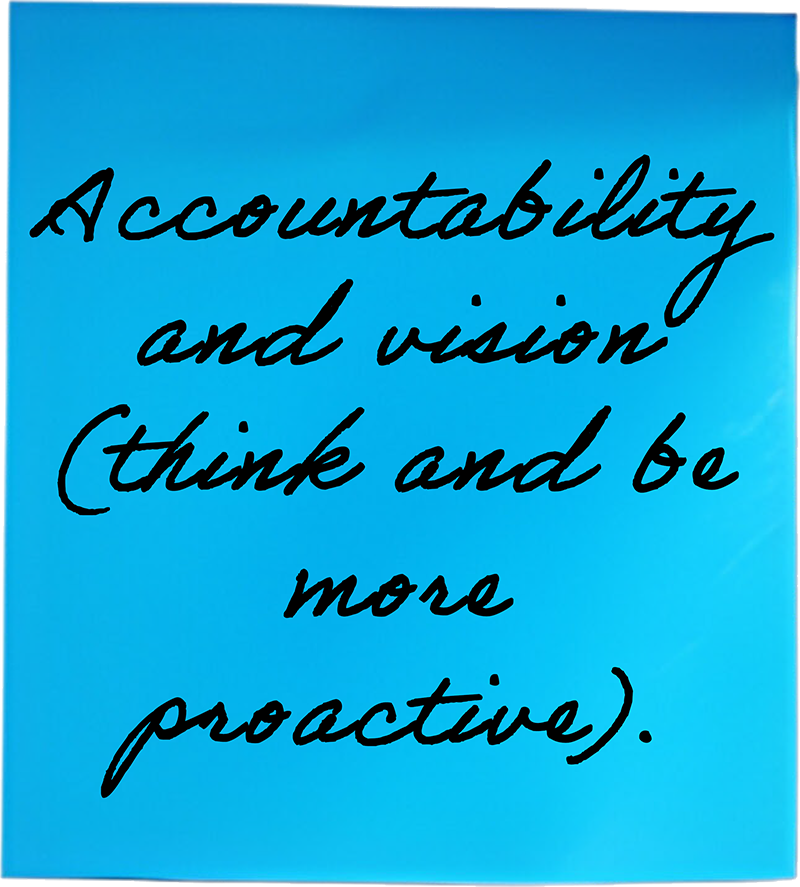 Missing Strategic Priorities
Missing Strategic Priorities
Participants used this opportunity to identify structural gaps and practical needs not fully addressed in existing priorities. Their input provides a roadmap for next steps in operationalizing the plan. Many expressed that while the existing strategic priorities are well-intentioned, they lack teeth without clear structures to ensure alignment, supervision, and results. Calls for improved internal communication, cross-training, and collaborative planning were frequent, as was the repeated demand for accountability at all levels—not just for students, but for leadership and institutional processes.
Several notes pointed out a disconnect between strategic priorities and the day-to-day realities of staff and faculty, particularly in areas like employee supervision, technology support (such as limited IT hours), and the need for HyFlex-capable classrooms to support both online and in-person instruction. Others emphasized the importance of building community among employees, shifting focus away from rigid structures and toward mutual support, ownership, and joy in the workplace.
Participants also identified the need for greater student-centeredness, noting that the institution sometimes feels too faculty-focused or offline in its operations. Additional suggestions included increasing support for Adult Education students, aligning strategic goals more clearly with Guided Pathways, and ensuring that supervisors are empowered and expected to foster professional growth among their teams. Altogether, this feedback points to a desire not for new buzzwords, but for implementation infrastructure that makes the existing priorities meaningful, measurable, and lived.
